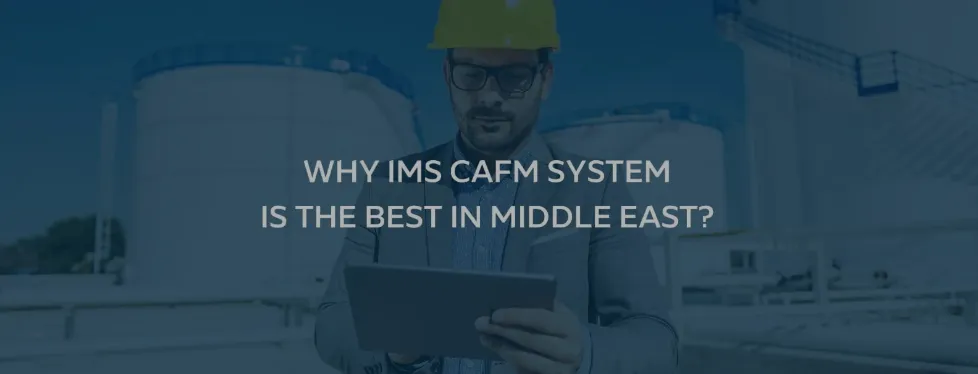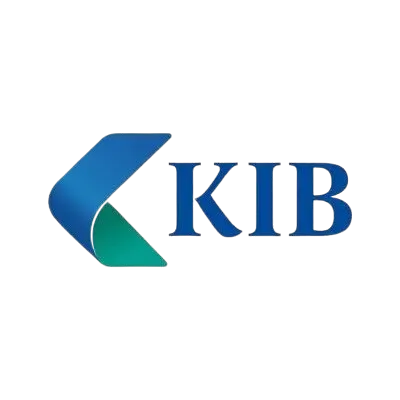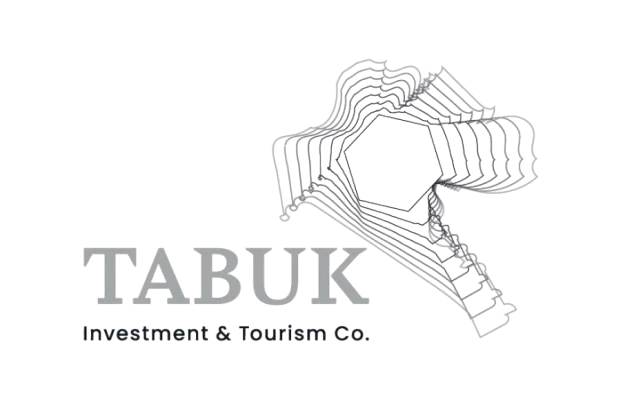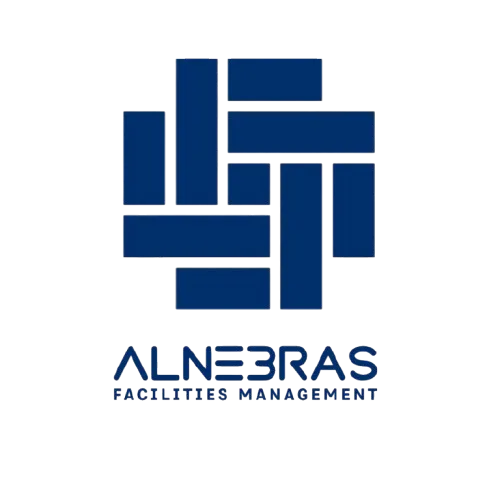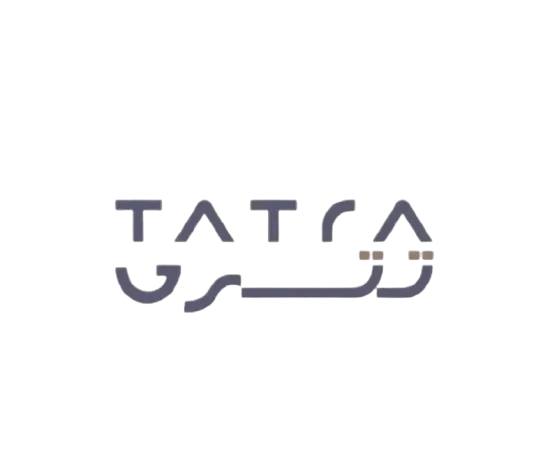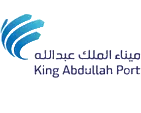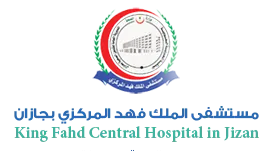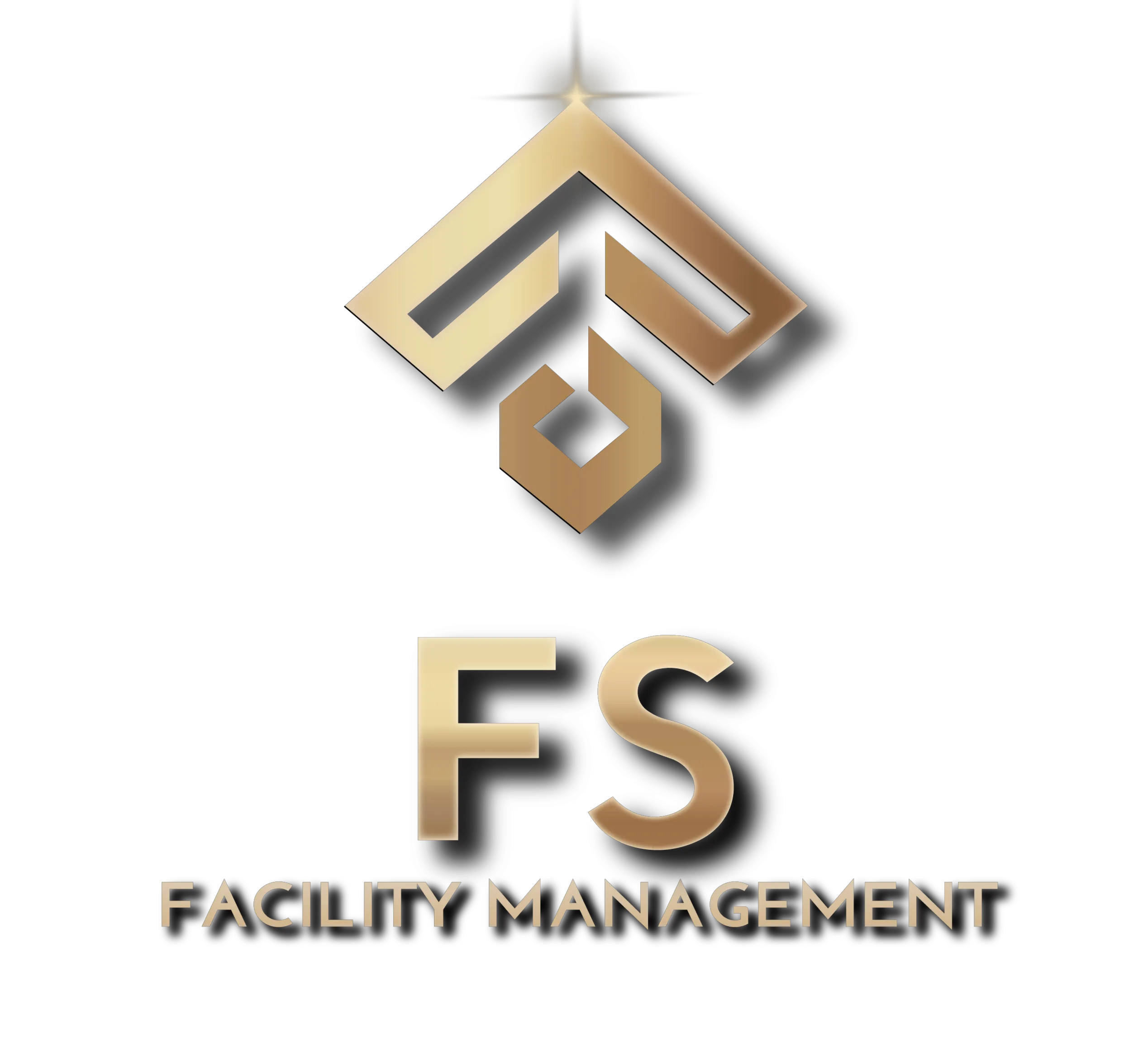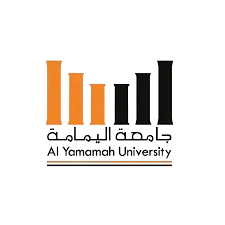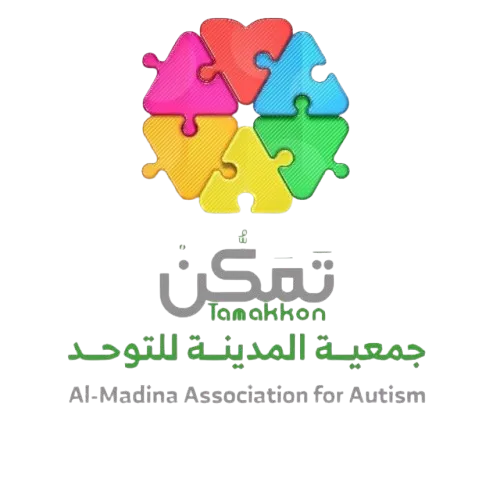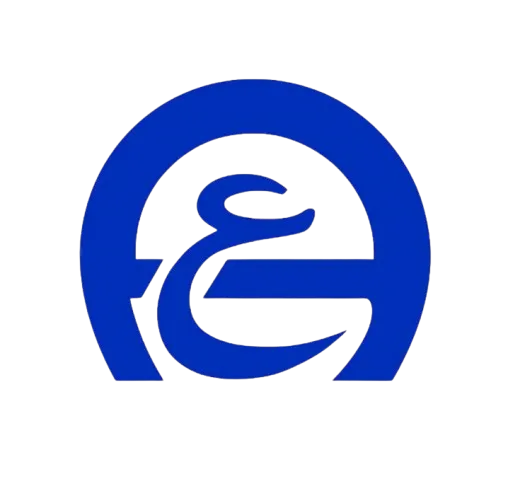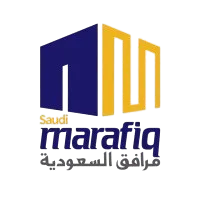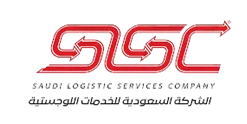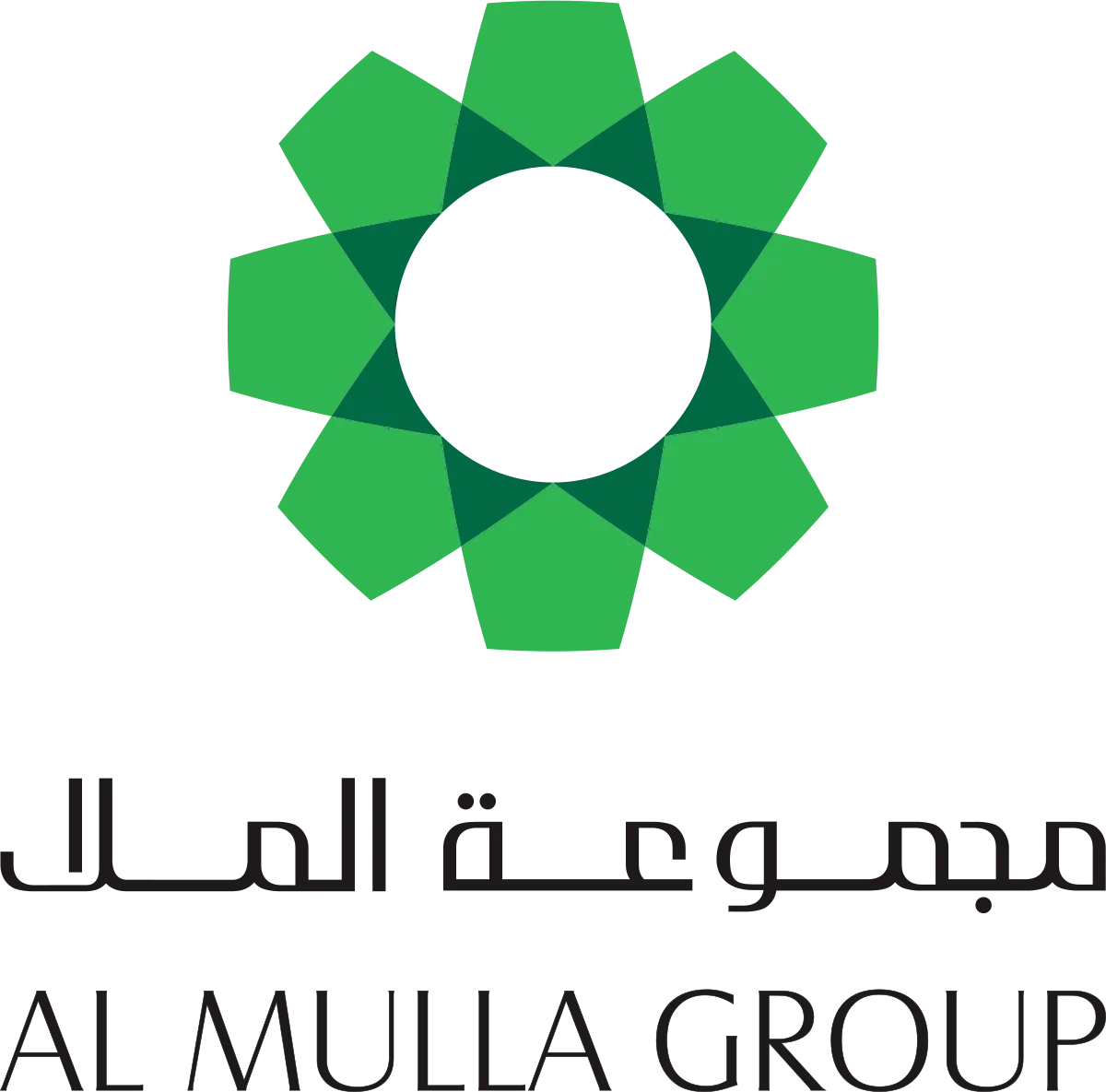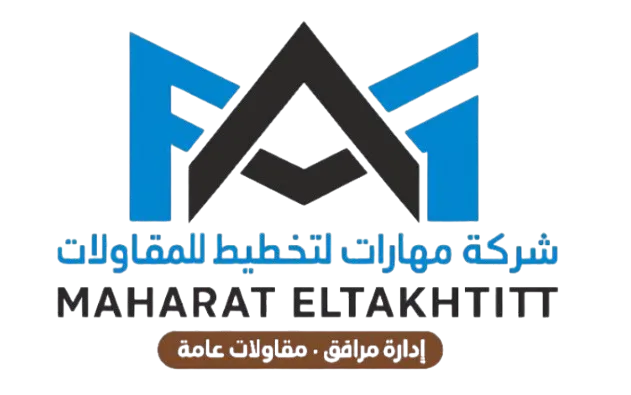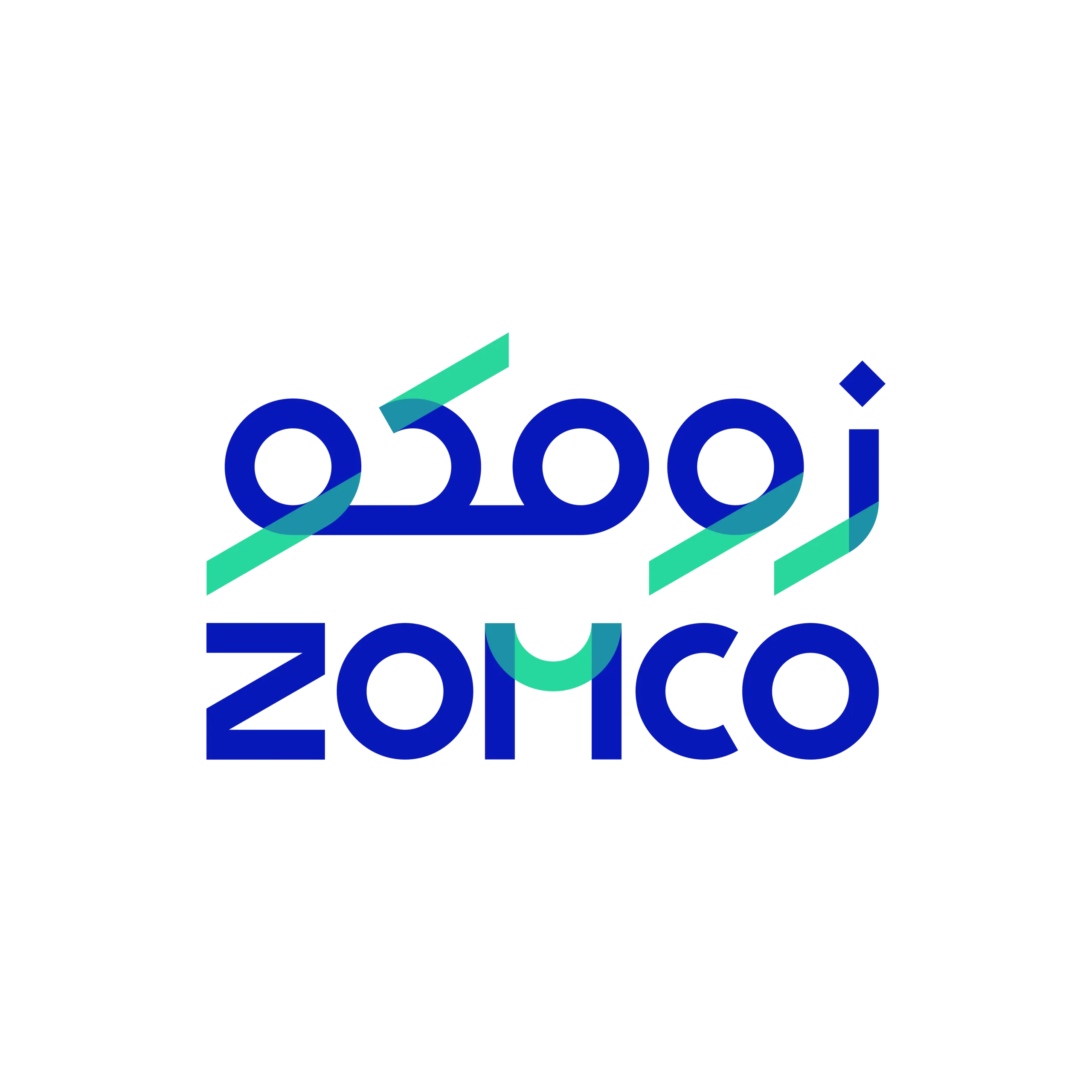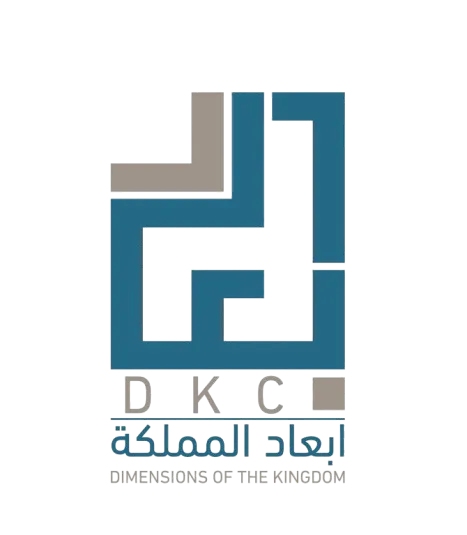Articles
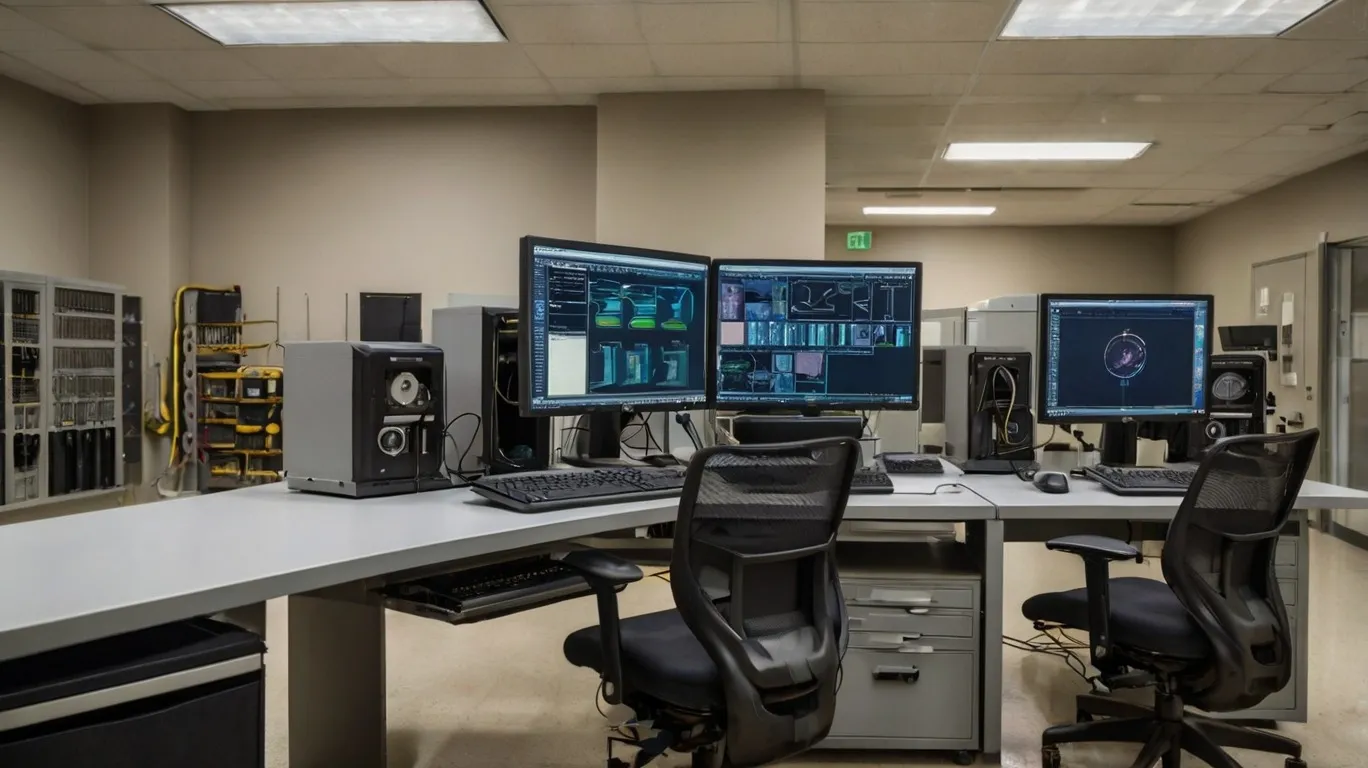
In today's fast-paced world, facilities management faces numerous challenges, including inefficient processes, lack of real-time data, and the inability to effectively manage assets and maintenance tasks.
Traditional methods, such as manual tracking and outdated spreadsheets, are becoming obsolete as they fail to meet the demands of modern organizations. This is where Computer-Aided Facilities Management (CAFM) systems come into play, offering a robust solution to streamline operations and enhance efficiency. If you are wondering what is CAFM system, this article will provide a comprehensive answer.
CAFM systems serve as comprehensive software platforms designed to assist facility managers in organizing, automating, and analyzing various aspects of facility management. In this article, we will explore what is CAFM software, its core features, types, benefits, and why it is essential for effective facilities management.
What is CAFM?
Computer-Aided Facilities Management (CAFM) such as CAFM IMS refers to the integration of technology into facility management processes. It encompasses a range of functions that help organizations manage their physical spaces efficiently. The core purpose of a CAFM software is to centralize data related to facilities, enabling better decision-making and operational effectiveness.
What is CAFM in Facilities Management?
It refers to the use of digital tools to oversee facility-related tasks. CAFM enables facility managers to efficiently handle building operations, workforce scheduling, and preventive maintenance through a centralized system.
Core Features of a CAFM System
A robust CAFM system includes several key features that facilitate effective facilities management:
Locations Management: Track and manage various locations within a facility; Optimize space utilization and plan for future needs
Maintenance Management: Streamline preventive and corrective maintenance tasks; Ensure assets are well-maintained, reducing downtime
Preventive Maintenance: Schedule regular maintenance tasks; Prevent equipment failures before they occur
Predictive Maintenance: Leverage data analytics and IoT sensors; Anticipate potential equipment failures based on performance trends
Asset Management: Track all assets within a facility; Provide insights into asset conditions, warranties, and history
Soft Services Management: Manage cleaning, security, and landscaping; Ensure services meet organizational standards
Spare Parts Management: Track inventory levels of spare parts; Automate reordering processes to prevent shortages
Reporting and Analytics: Generate comprehensive reports; Identify trends and areas for improvement
Types of CAFM Systems
Cloud-Based CAFM: Hosted on remote servers and accessed via the internet; Offers flexibility, scalability, and remote access; Lower upfront costs and automatic updates
On-Premises CAFM: Installed locally on an organization's servers; Provides more control over data security; Requires higher initial investment and ongoing maintenance costs
The Benefits of a CAFM System
Improved Efficiency: Automates routine tasks; Centralizes information for better facility management
Reduced Operational Costs: Ensures efficient resource allocation; Lowers maintenance and operational expenditures
Better Data Management: Centralized data storage; Real-time access to facility information for better decision-making
FAQs
What industries benefit the most from CAFM systems? Industries such as healthcare facilities, education facilities, real estate, government and corporate facilities benefit significantly from CAFM software.
How does CAFM improve maintenance efficiency?By automating maintenance scheduling and tracking asset conditions, CAFM reduces equipment downtime and increases efficiency.
Can small businesses use a CAFM system?Yes, many cloud-based CAFM solutions are designed for small and medium-sized businesses, offering scalability and cost-efficiency.
How secure is cloud-based CAFM software?Most cloud-based CAFM providers implement high-level encryption and security protocols to protect data.
How does CAFM support sustainability initiatives?By optimizing resource utilization and energy consumption, CAFM helps organizations meet sustainability goals.
Conclusion
In summary, Computer-Aided Facilities Management (CAFM) systems are essential tools for modern facilities management. They address the shortcomings of traditional methods by providing comprehensive solutions for asset tracking, maintenance management, space utilization analysis, soft services management, and reporting analytics. Organizations looking to improve their operational efficiency should consider implementing a CAFM system tailored to their specific needs.
Ready to transform your facilities management? Try our free demo today or learn more about how our CAFM IMS system can optimize your operations!
Read More

IMS CAFM system provides the best CAFM systems in the middle east and performs a variety of services, including regulating procurement costs, accounting, team management, time management, and project management, allowing FM managers to make informed decisions based on a valid and accurate database.Since we have developed our first CAFM system, we have been more successful at project implementations than any competitor. Our experience and expertise in this field have created an unrivaled history of customer satisfaction. Our first customers are still using our systems which are the best CAFM systems in the middle east among competitors.Why Choose CAFM IMS System?Work Order ManagementFacility managers or business owners try to solve multiple work orders on a daily basis. This makes it difficult for them to determine which requests are to be prioritized.To take off some load off of your shoulders, the IMS CAFM system has a work order management module that will measure the urgency of each request, then put them in a list for your technicians, as well as record them as a reference to be used in the future.Maintenance Planning & ReportsReduced repair costs lie in the proper planning of routine maintenance. This is why Hippo CMMS has a built-in maintenance planning tool so you can determine issues with your equipment or facility long before they cause problems for your operations.End-to-End Asset Inventory ManagementUsing the IMS CAFM system allows users to have complete control over asset inventory management. It can help you monitor your assets across locations, assignments, and ownership. The solution also documents maintenance history so you know if they are still up to date.IMS CAFM System Services:Preventive MaintenanceFind and fix small problems before they grow into frustrating, budget-busting failures.Work OrderIMS CAFM system helps you to build efficient workflows with simple, stress-free work orders. It can approve, generate, prioritize, assign, track, and closeout work orders from anywhere, all from the same intuitive platform.Full IntegrationsOur best feature in the IMS CAFM system has a software integration to work as a single integrated system from a single window using cloud storage to work from anywhere and at all times.we are proud of our Comprehensive Digital Transformation in Facilities Management using Maintenance management from one system.Assets ManagementYou will have max value from your equipment and cut unscheduled downtime and extend life cycles to get the most from your equipment.Inventory & PartsUsing the IMS CAFM system will help you to have the right inventory on time and on budget and help you to hit the inventory sweet spot: the right parts at the right time for the right price.Maintenance ReportsAutomatically generate reports to track metrics and KPIs for actionable insights into where your budget is going.We are always available where and when you need us, it will become the most important component of your maintenance operation. Our CAFM system's design has extreme flexibility, providing complete control of your maintenance and management program’s configuration.Indeed: Our CAFM system is distinguished because of our solutions for facilities and businesses which are the best in the Middle east.
Read More
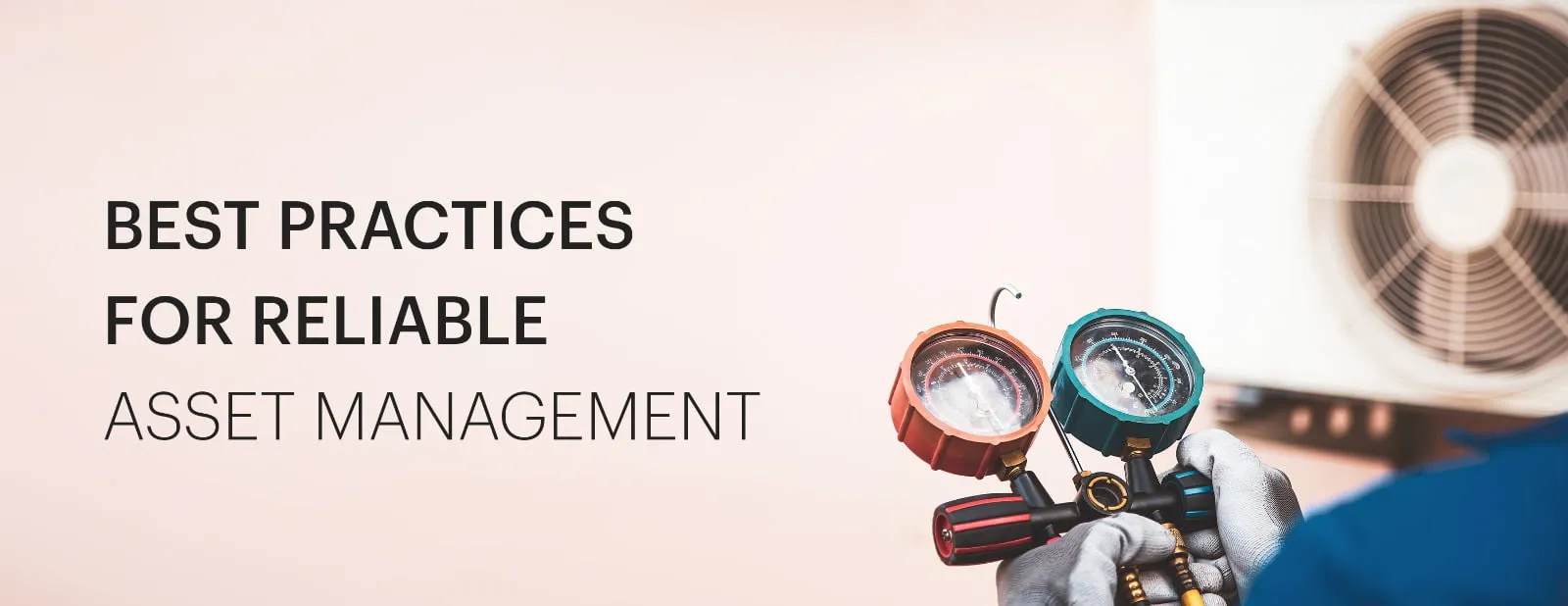
Asset Management is one of the most important feature at any CAFM system and needs software and equipment to work effectively and efficiently.You can get the maximum value of asset management using the equipment, human knowledge and our industrial CAFM system.These are the best practices that are considered the cornerstone for an asset management program’s success.Improve and Automate Data CollectionIt is necessary to automate data collection rather than depending on manual data collecting methods such as paper entries on clipboards. If you are still using the old version of work orders and data collection, the whole process of collecting data will suffer automatically.You can improve the automation and collection of data by using different and variety of ways. One of them is integrating a computerized-Aided Facility Management (CAFM) to provide a work order system that ensures easy access to work orders and other information from all work locations.Utilizing real-time asset predictive maintenance is another solution of data collection that includes descriptions of potential causes and recommended corrective actions for each situation.Invest in A Maintenance And Asset Management SoftwareNowadays most facilities have a wide range of software solutions for their business. Our system, IMS CAFM system has the efficient to provide asset management in Kuwait and other countries.Selecting a software package is the most important factor to consider when supporting your most critical requirements. A strong asset management system, like a powerful IMS CAFM system, that finds and fix small problems before they grow into frustrating, budget-busting failures.Prioritize Safety Awareness And PreparationAt any facility or company, safety should be a top priority for its employees. It is necessary to keep assets at your facility in good working order and be attention to detail and a dedication to ongoing development.Setting up a system for assessing procedures and making adjustments will help guarantee that all assets are properly identified, inventoried, and tracked. It can also put the work orders priorities to establish roles and duties for all employees who interact with assets around the facility.Giving Priority to Your Most Critical AssetsIt's easy to treat all of the assets in the same way with the huge number of assets that a typical facility manages. However, it is industry standard to devote extra time and energy to assets that are deemed especially vital, hazardous, or valuable.IMS CAFM system is committed to providing you with the efficient asset management software in Kuwait. Our asset management system in Kuwait giving you the access to add equipment repair histories in addition to monitoring the profile of all assets in your facility with data such as model and serial numbers.We are here, at CAFM IMS system, works effectively to make asset management system in Kuwait more easier for you.
Read More

FIFO Vs. LIFO in facility management system are the most common methodologies in inventory management. These two models are one opposite another in meaning and in the methodology of work. This means that FIFO is an abbreviation for First In First Out and LIFO is an abbreviation for Last In First Out.In this article, we will know more about these two methodologies in facility management; the definition, advantages for both of them.The definition of FIFO:FIFO is an abbreviation for First In First Out and it is a system for managing inventory that works as first in first out system. The system works on saving the recent products received until the last product in the inventory has shipped or used.The Aim of FIFO:The goal of FIFO at inventory management system is to ensure the oldest products in the inventory to be used firstly and to reduce costs associated with obsolete inventory.Advantages of Using FIFO in Your WarehouseUsing FIFO system at your facility helps your facility a lot to manage the inventory. First of all, which is one of the most significant advantages is using using first in, first out in your warehouse.Warehouse inventory helps your facility to solve all your facility’s problems with the changes costs of inventory, up and down costs.Using FIFO at your company, your inventory bottom line will be approximate nearly to the current market value.Other advantages of using the FIFO method is its ease to apply at your facility whatever your company size whether it is large or small. Also, its acknowledgement of the fact that companies cannot manipulate income by choosing which unit to ship.Disadvantages of Using FIFO in Your WarehouseBecause prices have risen nearly constantly for years, the FIFO method can make it appear as though your company has a greater cash flow than it does.One of the most dangerous disadvantage of using FIFO that can affects negatively on the company and its warehouses is that it typically fails to show the accurate amount of costs when material prices increase rapidly.Company’s costs that used for months or years do not help managers’ facility to determine the exact issues of cost quickly. Furthermore, most companies also miss out the tax advantages of LIFO.Another disadvantage of FIFO is using it on paper, that companies are making a larger profit than they are when they are using data and costs on paper than software.On the other side, there is another definition in facility management system which is LIFO.The Definition LIFO:LIFO is an abbreviation for Last In, First Out is and it is a contrast to the FIFO system. LIFO is a system for managing inventory that works where the products with a low turnover rate, since it is the process used to sell or ship products manufactured or stored later first and those that are manufactured or acquired early last.Advantages of Using LIFO in Your WarehouseCompanies that use the last in, first out method gain a tax advantage because the method assumes the most recently product in the inventory is what is sold.As inflation continues to warehouse, LIFO produces a higher cost of goods sold and a lower balance of leftover inventory. The higher cost of goods sold results in a smaller tax liability because of the lower net income due to LIFO.Disadvantages of Using LIFO in Your WarehouseLIFO is more difficult than FIFO in maintaining because you can face some obstacles for never being ship or sell the products in inventory. It is not recommended to use LIFO at your company if you have perishable products on the shelf that may expired nearly before they are sold or shipped.Another disadvantage of using LIFO is more complex in records and accounting practices because the unsold products of inventory costs do not leave the accounting system.LIFO is not considered the ideal method for businesses expanding globally because a number of international accounting standards do not allow LIFO valuation.FIFO Vs. LIFO in facility management system is an important methods to be used in your inventory's company. there is Pros and Cons in using FIFO and LIFO so you need to be careful with when you are using it at your facility.
Read More
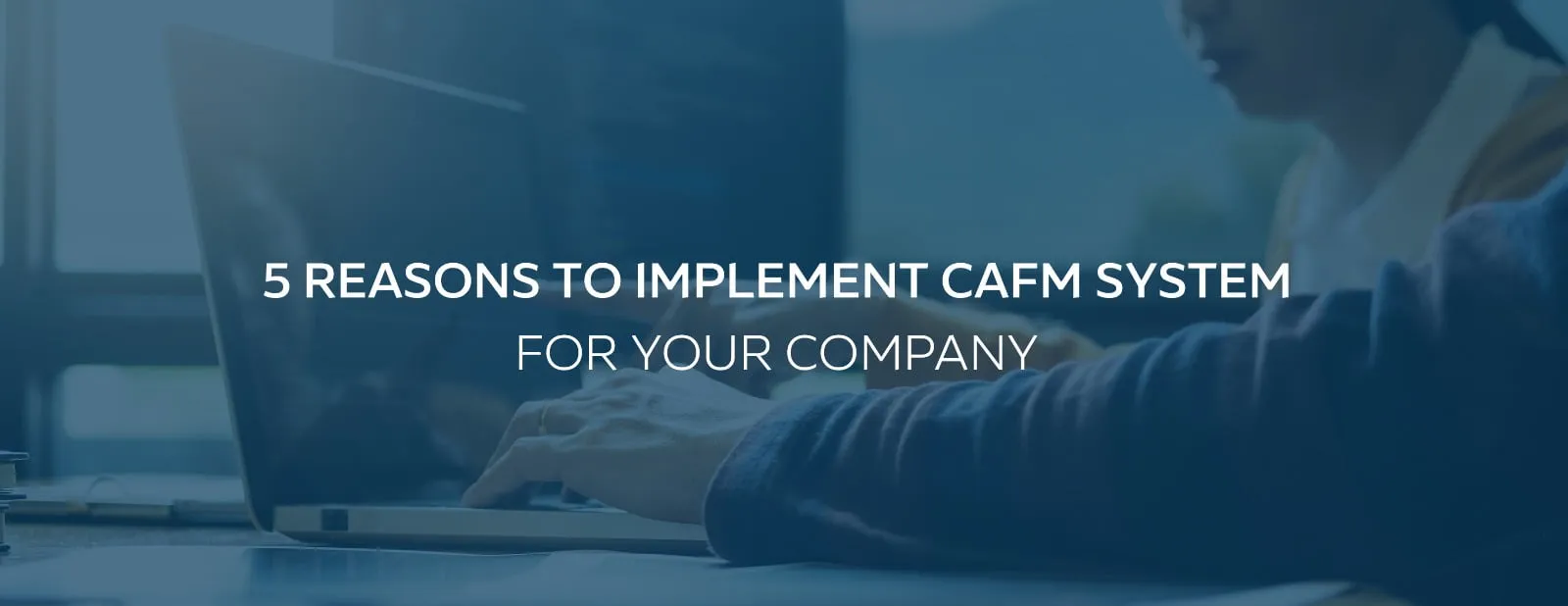
Nowadays, most modern workplaces and businesses in our world today require modern solutions to their classic problems and these solutions need mobility and flexibility.So, CAFM system comes to fix all of theses problems and obstacles to improve workflow, productivity and profits.Using CAFM system for your facility nowadays makes your facility distinguished from other facilities because of its compatibility.In this article, we will talk about the reasons to implement CAFM system at your company or facility.IntegrationFacility management system providing an easy-to-use interface for users to help them reduce the learning curve. This mean you don't need to learn or have experience to deal and work with CAFM system.Intelligent Management (IMS) company afford CAFM system, implement this system for your business, and do the integration process with third parties such as leading building management systems (BMS), external health and safety registers, HR, and financial system.AccuracyLogging information on spreadsheets is a simple way to manage workflow on a small scale, but if you have a big or large environment or business you cannot handle with spreadsheets. It provides little consistency in data capture and reporting, but it has the risk of significant data security.Implementing CAFM system from Intelligent Management (IMS) will accurately capture, monitor and report on your assets and services, improving communication, performance and costs.CostThrough improved access to information, facilities managers can also manage their resources more efficiently. For example, having a regular maintenance plan to extend asset life and monitor performance against SLAs will help you to ensure deadlines are met and penalties for non-performance are avoided.FlexibilityThese systems that based on cloud allows you and your facility to have full access for your system easily from any device. Once you implement CAFM system for your facility, this will make distinguished from other facilities.Implementing CAFM system granting you a continuous and accurate record for workflow of your company. You can have access for uploading information, pictures and even sound clips from jobs to the central database, to managers allocating jobs instantly.If you want to implement CAFM system will help you to manage employees and work staff relationships between each other at every modern workplace.Implement CAFM system at your facility from IMS CAFM system makes you distinguished from other competitors, more accuracy, lower cost, flexible with any device, and integrated with third parties.
Read More

